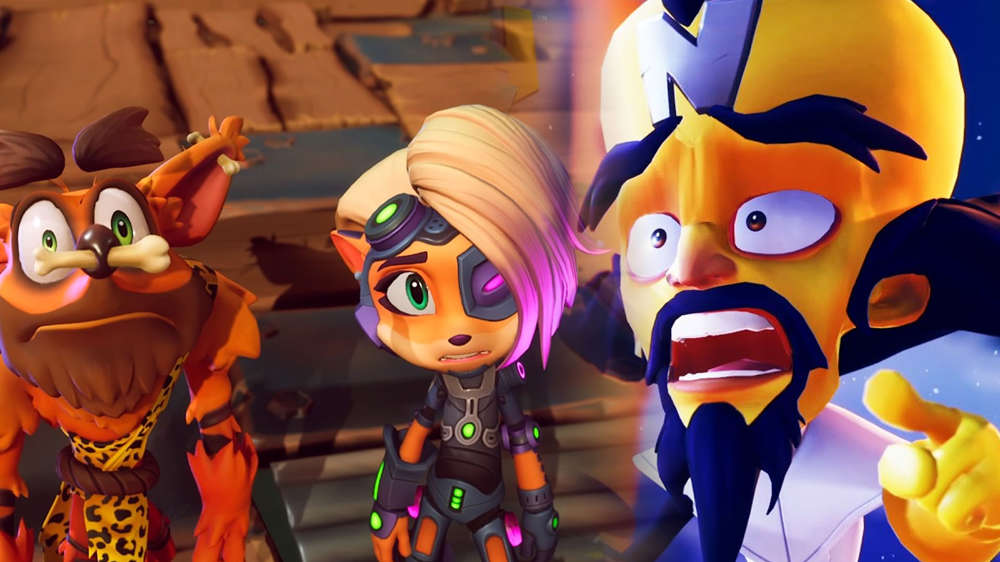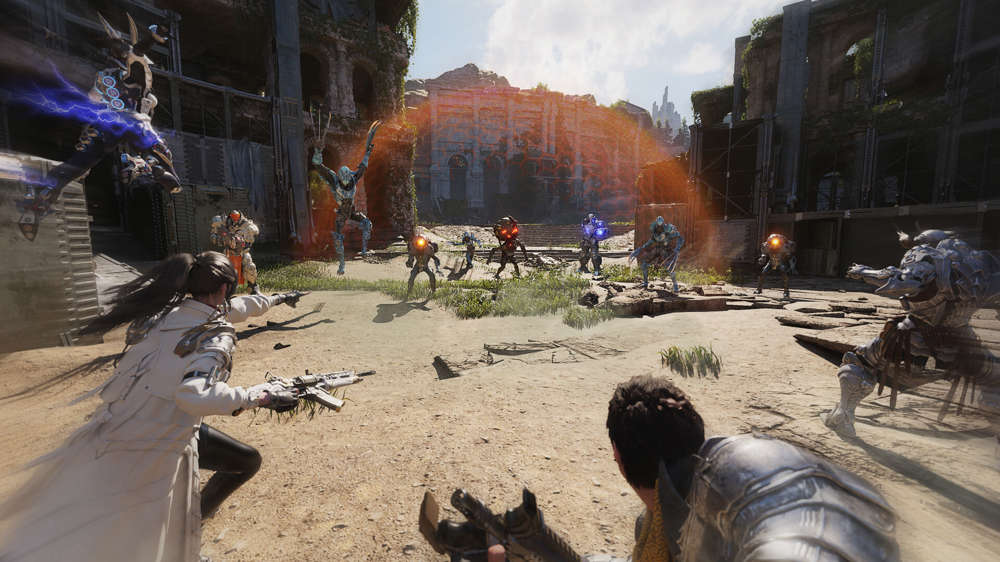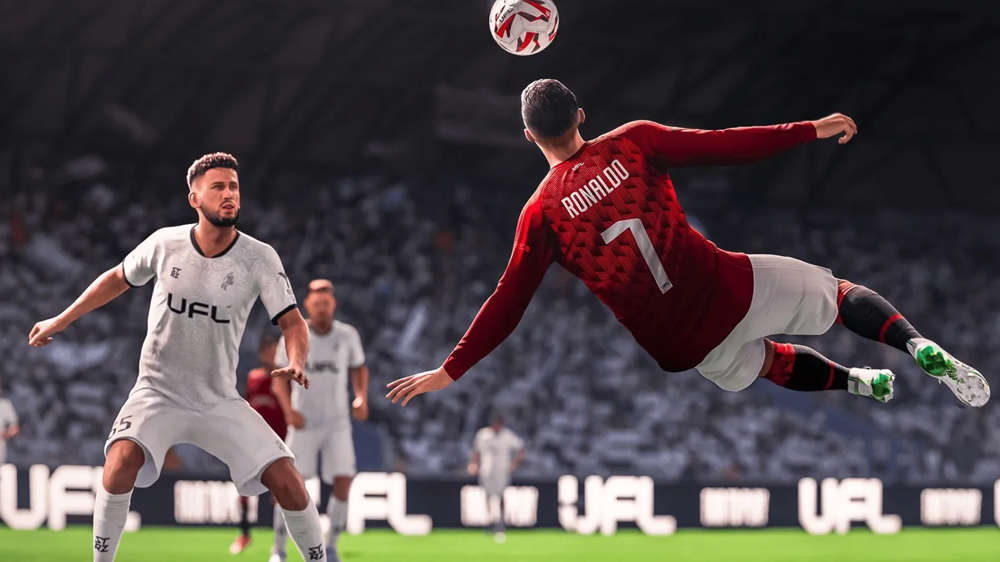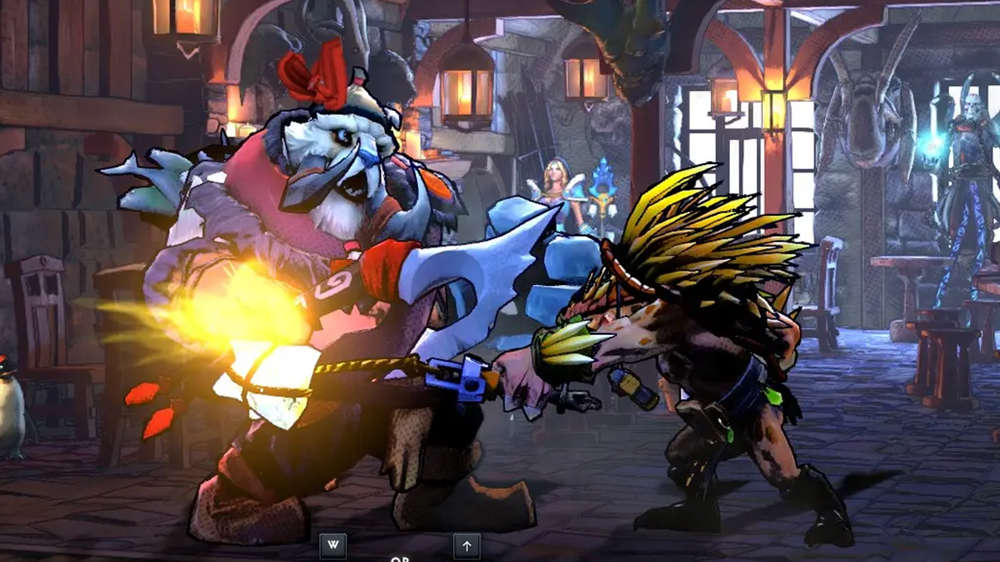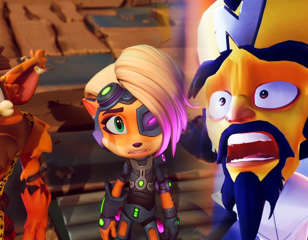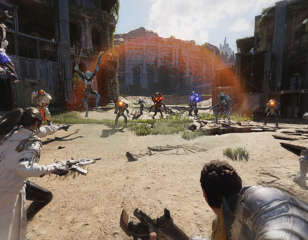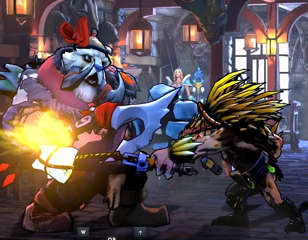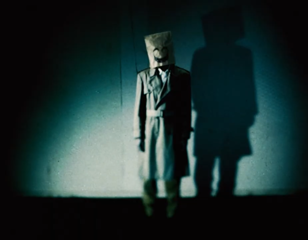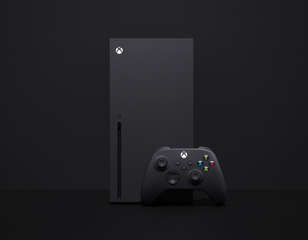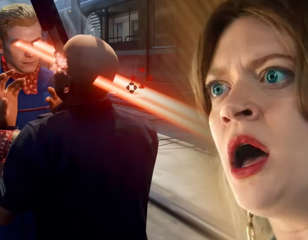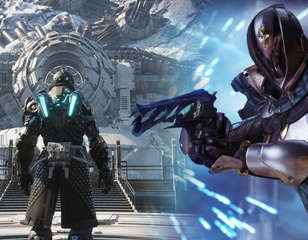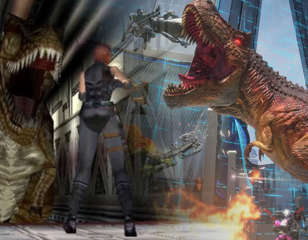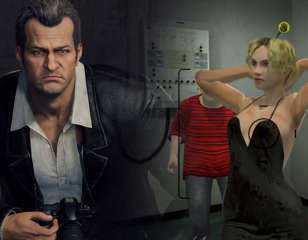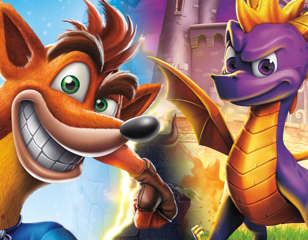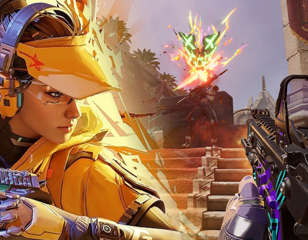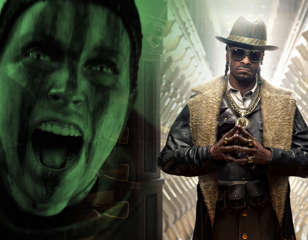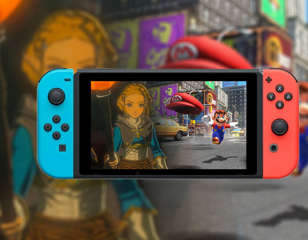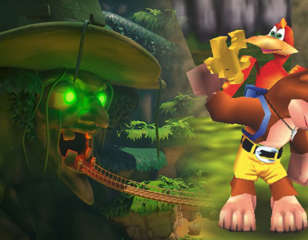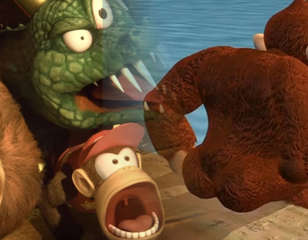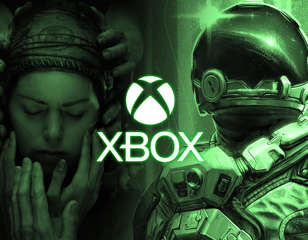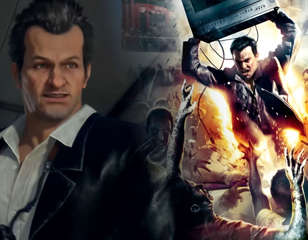How Street Fighter 2 Accidentally Invented Combos
One of the most fundamental parts of modern fighting games has its roots in an unplanned bug. Here is the story of how Capcom accidentally invented the combo.

Dave McAdam
06th Dec 2022 20:46
Images via Capcom
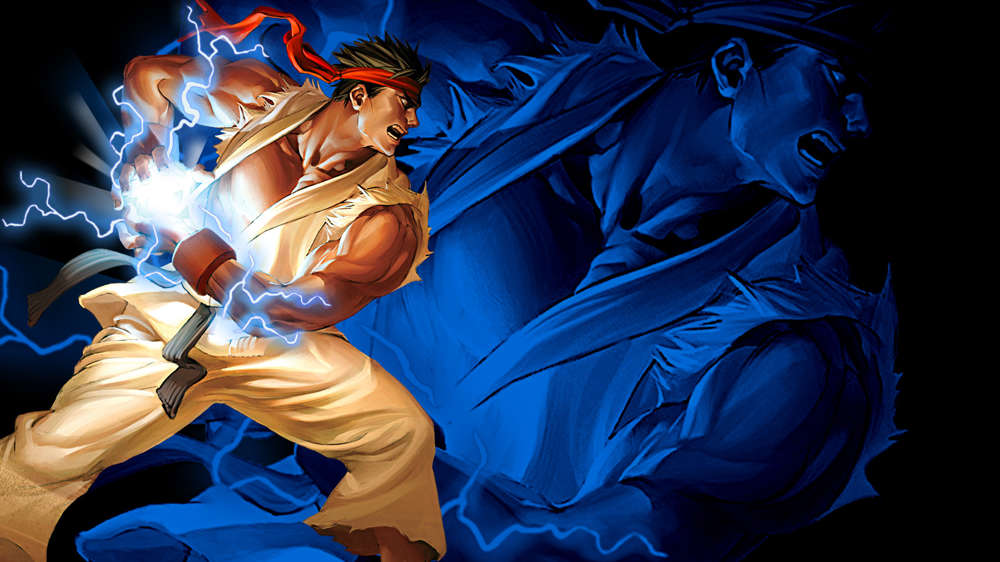
The '90s were a formative time for the video game industry, particularly the fighting game genre. Fighting games originated in the '80s, meaning even the original Street Fighter predates 1990.
However, there's a reason Street Fighter 2 is remembered as an origin point and more than just a classic game from the series. Before SF2 and its contemporaries, fighting games hadn't really solidified into their own genre beyond the generic beat-em-up.
Street Fighter 2 pioneered and shaped many of the core ideas of the genre. One-vs-one fighting, a diverse cast of fighters from all over the world, each character with a unique set of moves. Characters have a mix of normal attacks and powerful special attacks that are more difficult to perform.
Many of these features were big steps forward for the genre, but among them was a crucial decision that would go on to define the fighting game genre. That decision was whether or not to keep a glitch in the game, and thankfully they did.
How Did Street Fighter 2 Invent Combos?
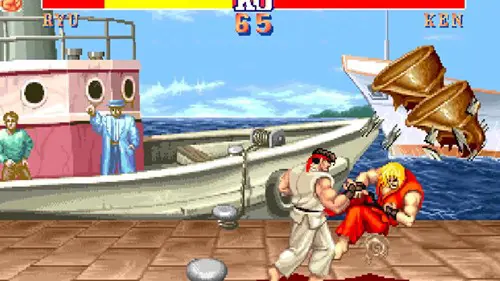
To make sense of this, we need to understand the context of fighting games before Street Fighter 2. They existed, but the goal and pace of those earlier games was vastly different.
Typically, most fighting games back in the '80s were much slower, and the challenge was in landing hits on your opponent. In games like Karate Champ, moves were done one at a time - they were slower and had to be much more deliberate.
The very idea of doing multiple moves in a row was completely alien to these games, and before Street Fighter 2 came around, it just was not done. Street Fighter 2 was not designed with the concept of a combo in mind. Sure, there were many conventions of the genre that Street Fighter 2 aimed to change or improve, but no one had conceptualised the idea of the combo.
It was only during development that one of the creators noticed he could perform a regular attack, then follow up with a special attack that would hit the opponent before they could react. This happy accident was the invention of the fighting game combo, and they did not know what to do with it.
The developers experimented with it, and though their initial reactions were to fix this bug, they soon realised its potential. Quite simply, Street Fighter 2 was much more fun with the combo glitch left in. It needed refining, but it was clear from the get-go that it was a feature worth keeping.
What Came Next For Combos?
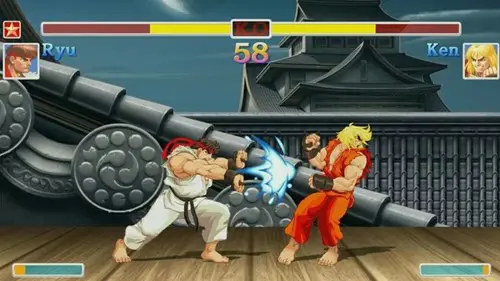
As we have come to learn with video games (particularly competitive games), if you give players just a little bit of time, they will find the limits of what can be done. Once Street Fighter 2 was on the shelves and (more importantly) in the arcades, the fans got to work.
The best players learned the game inside and out, maximising the potential of combos and becoming deadly opponents. A competitive scene developed, and some of the first-ever fighting game tournaments came about around Street Fighter 2.
New editions of the game added new characters, new moves, and increased the speed of the game to match the skill of the players. There were fighting games before Street Fighter 2, but the fighting game genre as we know it today has most of its roots in Street Fighter 2.
The design choices made for this game can be seen in the DNA of every modern fighter, and the community around these games has only grown since then. Through Street Fighter 2 legends like Daigo Umehara and Alex Valle got their start and would go on to shape the entire esport.
There are a lot of important ideas within Street Fighter 2 that have influenced so much of the genre today, but few are more integral to the genre than the combo, so it's just as well that Capcom left that particular bug in.

About The Author
Dave McAdam
Dave is a Senior Guides Writer at GGRecon, after several years of freelancing across the industry. He covers a wide range of games, with particular focus on shooters like Destiny 2, RPGs like Baldur's Gate 3 and Cyberpunk 2077, and fighting games like Street Fighter 6 and Tekken 8.
